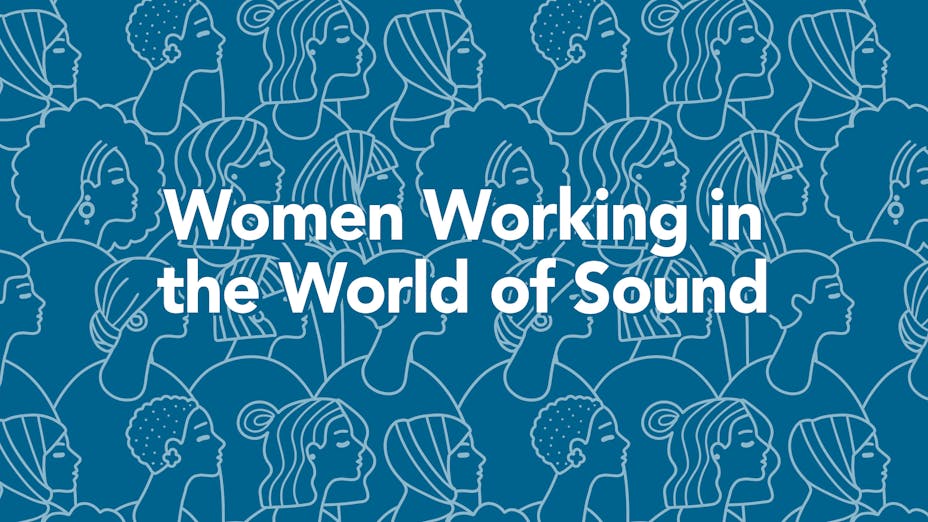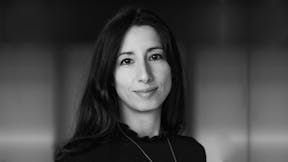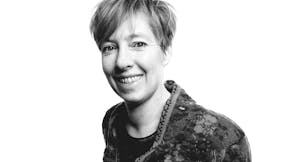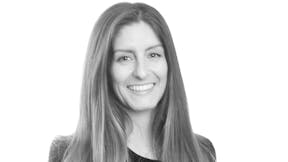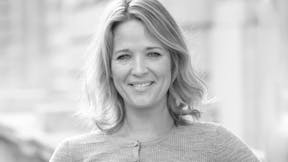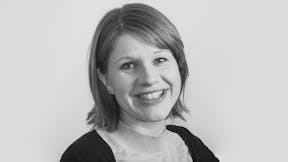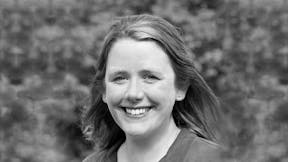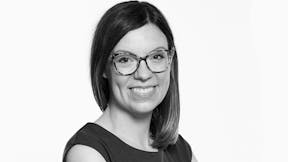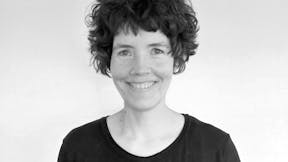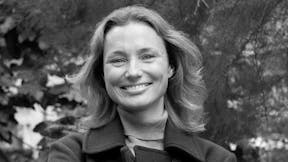Gry Bælum Thrane
Senior Acoustic Consultant, Efterklang, Denmark
How did you get introduced working in the world of sound?
At Technical University of Denmark (DTU), the acoustic department have lectures about acoustic for the civil-engineering students. When I heard the lectures I thought of acoustics as more of an art, compared to other subjects at university. This really caught my interest and I used to dream of designing concert.
What research/project are you most proud of?
Due to the fact that acoustics not working is more noticeable, than well performed acoustics, I tend to be more relieved, than proud, when the acoustics of a building, I worked with, does not show severe mistakes. One place that I amongst other acousticians, can be proud of, is a large open office building around an atrium, that ended up being copied by Novo Nordisk, partly because of its great acoustics layout and performance.
What research/project are you currently working on?
Now I am working with some great colleagues and acousticians at Efterklang, with the renovation of Aviichi Arena in Stockholm. I have the exiting job of working with the room acoustic modelling. Our aim for the arena, is to achieve good fan support for sports events, and of cause also good acoustics for large concert events.
How would you convince women to work in the world of sound?
I believe that women and men works pretty much the same, but I am personally staying in the business, because of the friendly and welcoming atmosphere amongst acousticians. From university times until today, more and less experienced colleagues have always been interested in idea and knowledge sharing. Further I like, that I can talk with everyone about acoustics, because we all have interesting experiences with sound in our lives.

